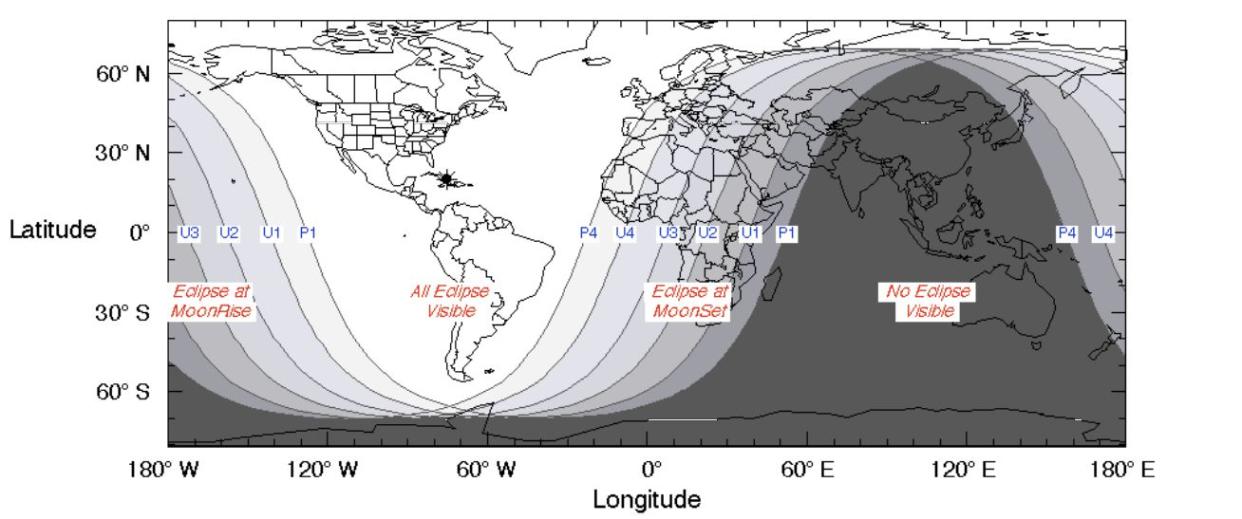See the most dazzling photos of January's super blood wolf moon
A total lunar eclipse dominated the sky on Sunday night, to the delight of stargazers across America.
The celestial event ― nicknamed a super blood wolf moon ― differed from the last two total lunar eclipses because it was visible to Americans from coast to coast, depending on local weather conditions.
Sunday’s blood moon was also visible in Central and South America and parts of Western Europe and Africa.

The heavenly spectacle owed its name to three distinct characteristics. It was a blood moon because the Earth’s shadow completely covered the moon, giving it a reddish glow. This phenomenon is officially known as a total lunar eclipse.
It was called a supermoon because the eclipse happened at a point in the moon’s orbit when it is closest to the Earth, which causes the moon to look slightly brighter and bigger than usual.
Sunday’s super blood moon was nicknamed a wolf moon because that is the title The Farmer’s Almanac gives to January’s full moon.
The last total lunar eclipse, which occurred in July, was visible only over parts of Africa, the Middle East and Asia. Another one took place in January 2018 and was most visible to Americans on the West Coast, Alaska and the Hawaiian Islands.
NASA estimates there will be 85 total lunar eclipses this century. Still, space enthusiasts who missed this week’s show may have to wait quite some time before the next total lunar eclipse. NASA scientists predict that will happen on May 26, 2021. Americans on the West Coast will likely have the best chances of viewing that celestial show.
Click through the slideshow to see images of Sunday’s super blood wolf moon.
This article originally appeared on HuffPost.

